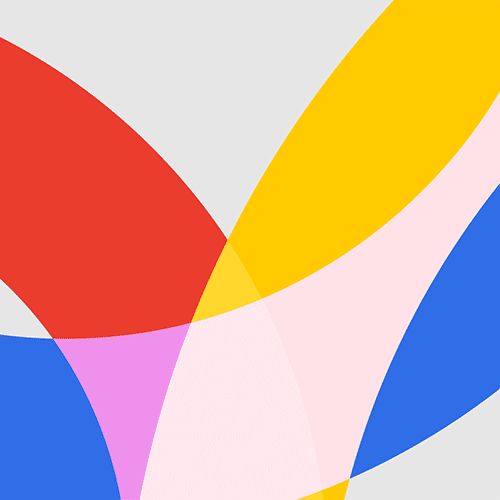A Historic Flashback: The First LGBTQ Pride Parade in the World

Introduction
In the annals of LGBTQ history, one event stands out as a groundbreaking moment that sparked a global movement for equality and acceptance. The first LGBTQ Pride Parade, held in the late 1960s, marked a significant turning point in the fight for LGBTQ rights. This article delves into the origins, significance, and impact of this historic event that paved the way for future generations.
- Origins of the First LGBTQ Pride Parade
The first LGBTQ Pride Parade took place in New York City on June 28, 1970, commemorating the one-year anniversary of the Stonewall Uprising. The Stonewall Inn, a popular LGBTQ gathering place, had been subjected to frequent police raids and harassment. However, on that fateful night in 1969, the LGBTQ community fought back, igniting a wave of resistance and activism.
- The Birth of a Movement
The Stonewall Uprising served as a catalyst for the LGBTQ community, inspiring them to organize and demand their rights. The following year, activists and allies came together to organize the Christopher Street Liberation Day March, which would later be recognized as the first Pride Parade. The march aimed to celebrate LGBTQ identity, raise awareness about discrimination, and demand equal rights.
- The Parade's Impact
The inaugural Pride Parade attracted thousands of participants, who marched through the streets of New York City with banners, signs, and a sense of unity. This public display of LGBTQ pride and resilience sent shockwaves across the nation and beyond. It inspired similar events in other cities, sparking a global movement for LGBTQ rights.
- Global Ripple Effect
The success of the first Pride Parade in New York City inspired LGBTQ communities worldwide to organize their own marches and celebrations. From San Francisco to London, Sydney to Berlin, LGBTQ Pride Parades became an annual tradition, providing a platform for visibility, solidarity, and advocacy. These events played a crucial role in challenging societal norms, fostering acceptance, and pushing for legal protections.
- Legacy and Continued Struggles
While the first Pride Parade marked a significant milestone, the fight for LGBTQ rights is far from over. Despite progress in many countries, discrimination, violence, and inequality persist. Pride Parades continue to serve as a reminder of the ongoing struggle for equal rights and a celebration of the LGBTQ community's resilience.
Conclusion:
The first LGBTQ Pride Parade in the world holds a special place in history, symbolizing the birth of a global movement for LGBTQ rights. From its humble beginnings in New York City, Pride Parades have become a powerful force for change, inspiring millions to stand up against discrimination and fight for equality. As we commemorate this historic event, let us remember the pioneers who paved the way and recommit ourselves to the ongoing struggle for LGBTQ rights worldwide.
Popular Pride Parades World 🌈

Here is a list of some of the most popular and influential gay pride parades around the world:
1. New York City Pride Parade (United States)
2. San Francisco Pride Parade (United States)
3. London Pride Parade (United Kingdom)
4. Sydney Gay and Lesbian Mardi Gras (Australia)
5. Berlin Pride Parade (Germany)
6. Amsterdam Pride Parade (Netherlands)
7. São Paulo Pride Parade (Brazil)
8. Madrid Pride Parade (Spain)
9. Toronto Pride Parade (Canada)
10. Taipei Pride Parade (Taiwan)
Chicago Pride 2022 @tony_dimov
Chicago Pride Fest 2023

